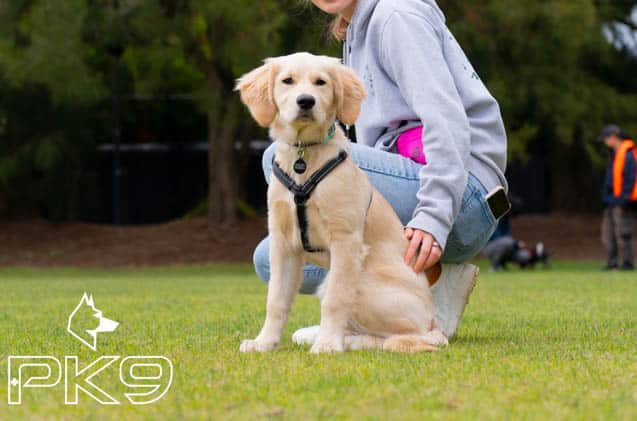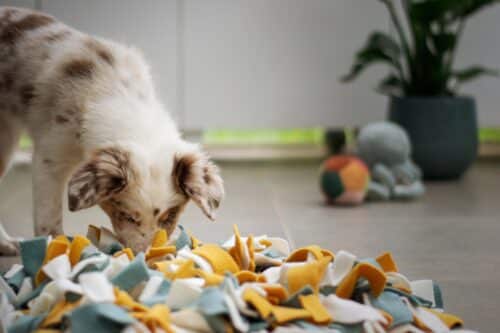Raising a happy and healthy puppy is a rewarding experience, but it requires dedication and consistency. Creating a balanced puppy schedule is crucial for your furry friend’s overall well-being and happiness. In this blog post, we’ll guide you through the process of creating a daily routine that covers every aspect of your puppy’s life, such as feeding, exercise, playtime, rest, potty training, socialization, obedience training, and more. So without further ado, let’s dive into the world of puppy training to help you raise a well-behaved and confident canine companion.
Short Summary
Establish a balanced daily routine with consistent feeding, exercise and playtime, rest & sleep.
Potty train using patience & positive reinforcement. Introduce new experiences gradually.
Adjust schedule as puppy grows to meet changing needs for nutrition, exercise & mental stimulation.
Establishing a Balanced Daily Routine
Establishing a balanced daily routine is essential for your’s life, serving as the foundation for a successful puppy training schedule. A balanced daily routine includes feeding, exercise, playtime, and rest.
Repetition is vital in helping puppies learn, and it’s crucial to communicate your puppy’s training routine to those who interact with them to ensure consistency in their daily schedule. A well-planned puppy training timeline can make a significant difference in your pup’s life.
Feeding Schedule
Creating a consistent feeding schedule is vital for your puppy’s growth and development. Young puppies usually require more frequent meals, so it’s recommended to space their meals evenly throughout the day. As your puppy grows, you can adjust the feeding frequency to suit their changing needs. For most dogs, it’s ideal to feed them twice a day, eight to 12 hours apart. Always provide your canine with their evening meal several hours before their bedtime. By maintaining a consistent feeding schedule, you’ll help establish a predictable routine and foster healthy eating habits in your puppy.
Consistency in feeding times also plays a crucial role in potty training. As mentioned earlier, young puppies require more frequent meals, so you should also schedule potty breaks accordingly. As your puppy matures and their feeding intervals change, adjust their potty breaks in line with their new feeding schedule. This ensures that your puppy develops good toilet habits and minimizes the risk of accidents in the house.
Exercise and Playtime
Scheduling regular exercise and playtime is essential for your puppy’s physical and mental well-being. When planning exercise and playtime, consider your puppy’s age, breed, and energy levels. It’s recommended that puppies receive approximately five minutes of vigorous, aerobic exercise per day, according to their age in months. The best times to exercise your puppy are after breakfast and before dinner.
Shorter, more frequent exercise and play sessions are generally more beneficial for puppies than one prolonged session. As your puppy grows, you can introduce more challenging activities and increase the duration of exercise sessions. Remember to always monitor your puppy during playtime and ensure that they are safe and having fun.
By providing your puppy with regular exercise and playtime, you’ll help them develop essential life skills and build a strong bond with you.
Rest and Sleep
Rest and sleep are crucial for your puppy’s growth and development, as they help to ensure their overall well-being. Puppies need a lot of sleep. On average, they should be getting 12-18 hours of quality rest each day. To help your puppy become accustomed to a bedtime routine, establish a specific time for them to settle down for the night and engage in cognitively challenging activities after physical exercise.
It’s essential never to leave your puppy crying in their crate for hours, as this can lead to a fatigued, irritable puppy with no capacity for focus and an increased risk of psychological health issues. Instead, always ensure that your puppy’s crate is comfortable and secure, and respond to their needs promptly. This way, you’ll help your puppy feel safe and content while getting the rest they need.
Potting Training Breaks
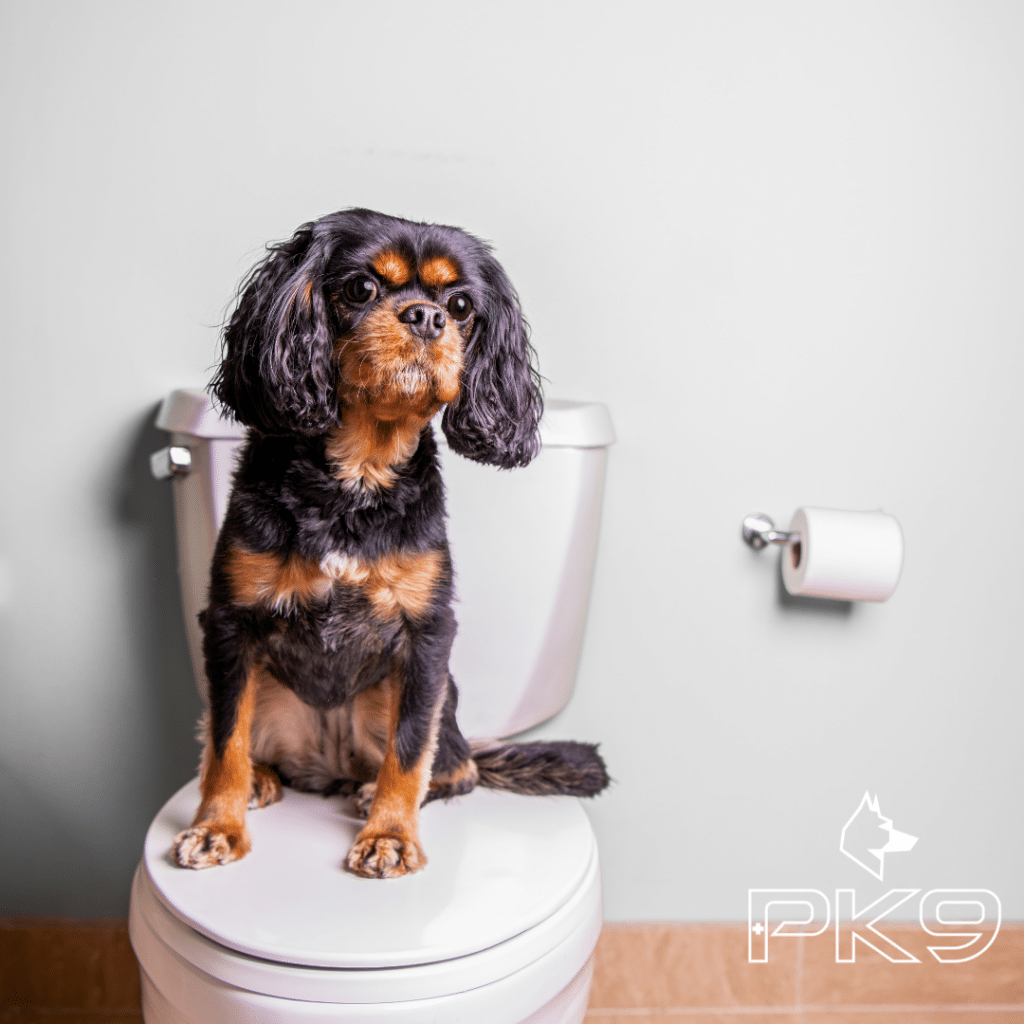
Potty training is an essential part of your puppy’s routine, and scheduling regular potty breaks, including the occasional potty break, can help prevent accidents and promote good habits. In the following sections, we’ll discuss effective potty training techniques and provide guidelines for scheduling potty breaks throughout the.
Creating a potty training schedule is the first step in potty training your puppy. by incorporating toilet training into your daily routine to ensure a smooth transition for both you and your pet.
Potty Training Techniques
Effective potty training techniques include positive reinforcement and crate training.
When using any of these techniques, it’s essential to be patient and consistent. Praise your puppy when they successfully use the designated potty area and avoid punishing them for accidents. With time and dedication, your puppy will learn where and when to go, making both your lives easier and more enjoyable.
Scheduling Potty Breaks
To help your puppy develop good toilet habits, schedule potty breaks throughout the day, especially after meals, playtime, and naps. For young puppies, it’s recommended to take them outside every hour or so. If your puppy is sleeping and you need them to go for a toilet break, let them sleep and take them outside as soon as they wake up.
As your puppy grows and gains better bladder control, they will need fewer potty breaks. Be patient and consistent in your approach, and soon enough, your puppy will be fully potty trained and able to hold it for longer periods.
Socialisation and Exposure
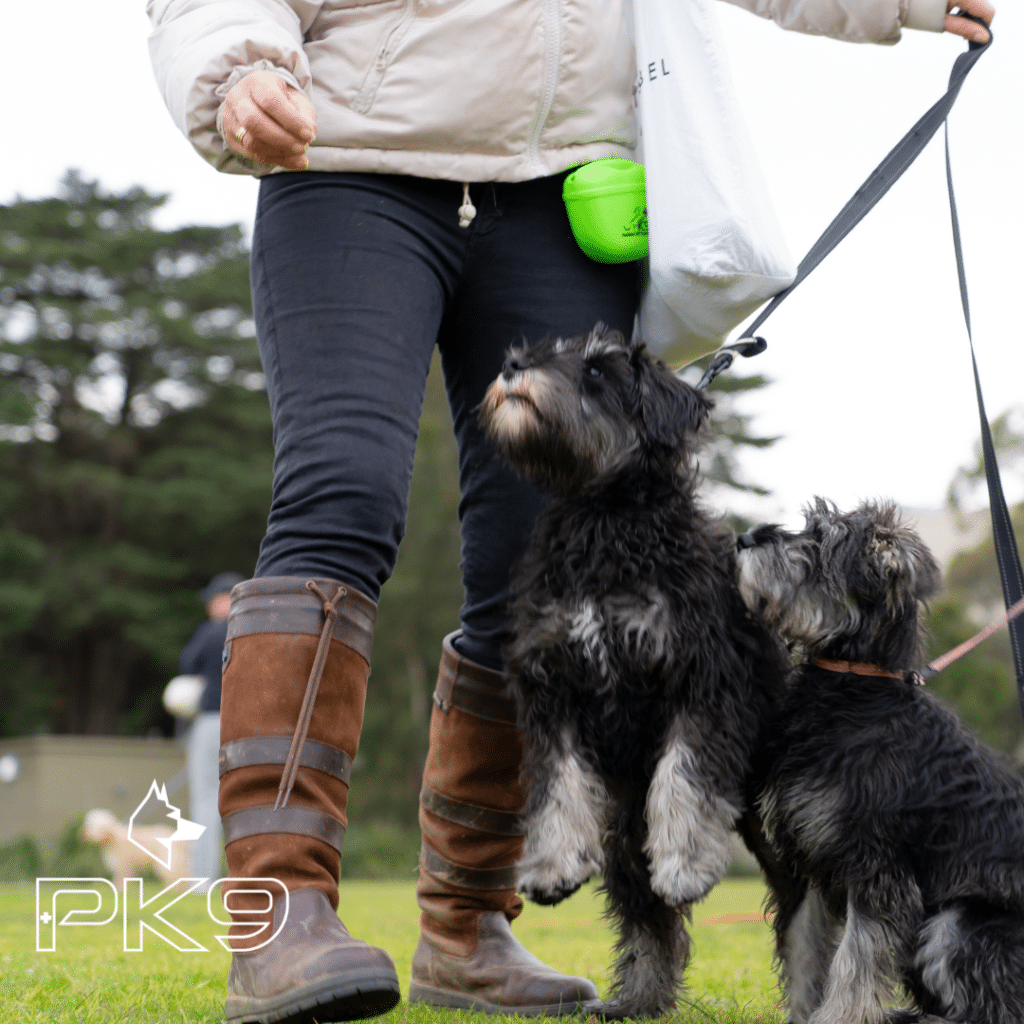
Socialization and exposure to new experiences are essential for your puppy’s development and can help prevent behavioral issues later in life. In the following sections, we’ll discuss how to gradually introduce your puppy to other dogs and new experiences while ensuring positive and controlled interactions.
Start by introducing your puppy to other dogs, including an adult dog, in a controlled environment, such as a dog park or a puppy home.
Meeting Other Dogs
Gradually introducing your puppy to other dogs is crucial to building their social skills and confidence. Before introducing your puppy to other dogs, make sure both dogs are fully vaccinated, choose a safe and familiar environment, and monitor their interaction carefully. Reward both dogs with treats and praise if they behave appropriately during the interaction.
It’s important to supervise the first 2-3 meetings between your and another dog, allowing them to greet each other from a distance and monitoring their body language. Even if they initiate play, continue to supervise to ensure a positive experience for both dogs.
By gradually introducing your puppy to other dogs, you’ll help them develop essential social skills and form strong bonds with their canine companions.
Introducing New Experiences
Exposing your puppy to various environments, people, and situations is crucial for helping them become well-adjusted and confident adults. Optimal experiences for your puppy include interacting with different types of humans, socializing with other dogs, exposing them to various animals, introducing them to different handling techniques, and exposing them to different objects and sounds.
To help your puppy acclimate to new experiences, start by exposing them to different environments, such as parks, sidewalks, and pet-friendly stores. Gradually introduce them to new people and situations, ensuring that each encounter is positive and controlled. Over time, your puppy will become more comfortable and confident in various situations, setting them up for a lifetime of success.
Basic Obedience Training
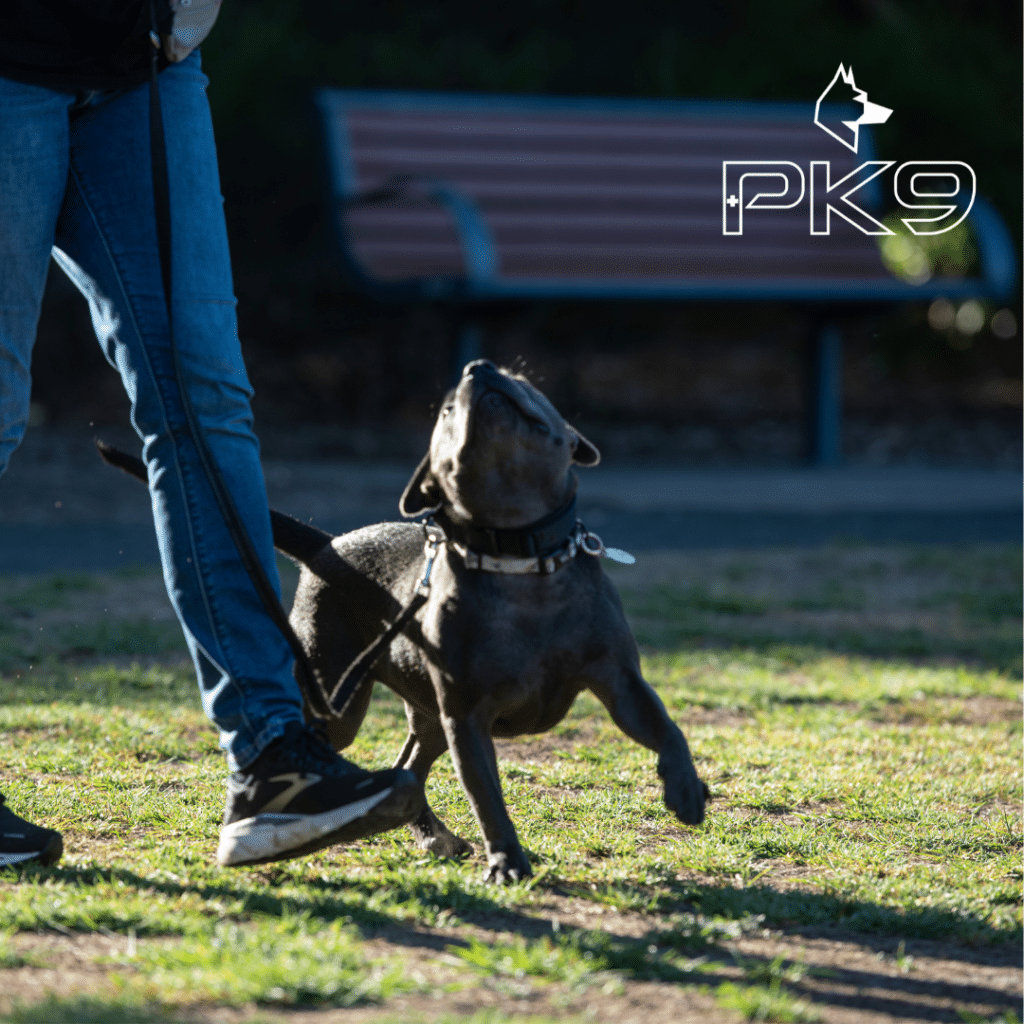
Basic obedience training is essential for a well-behaved puppy and should be incorporated into their daily routine. In the following sections, we’ll discuss how to schedule regular puppy’s training sessions and the importance of consistency and patience in your training approach.
Training sessions should be scheduled at the same time each day and should be short and sweet.
Training Sessions
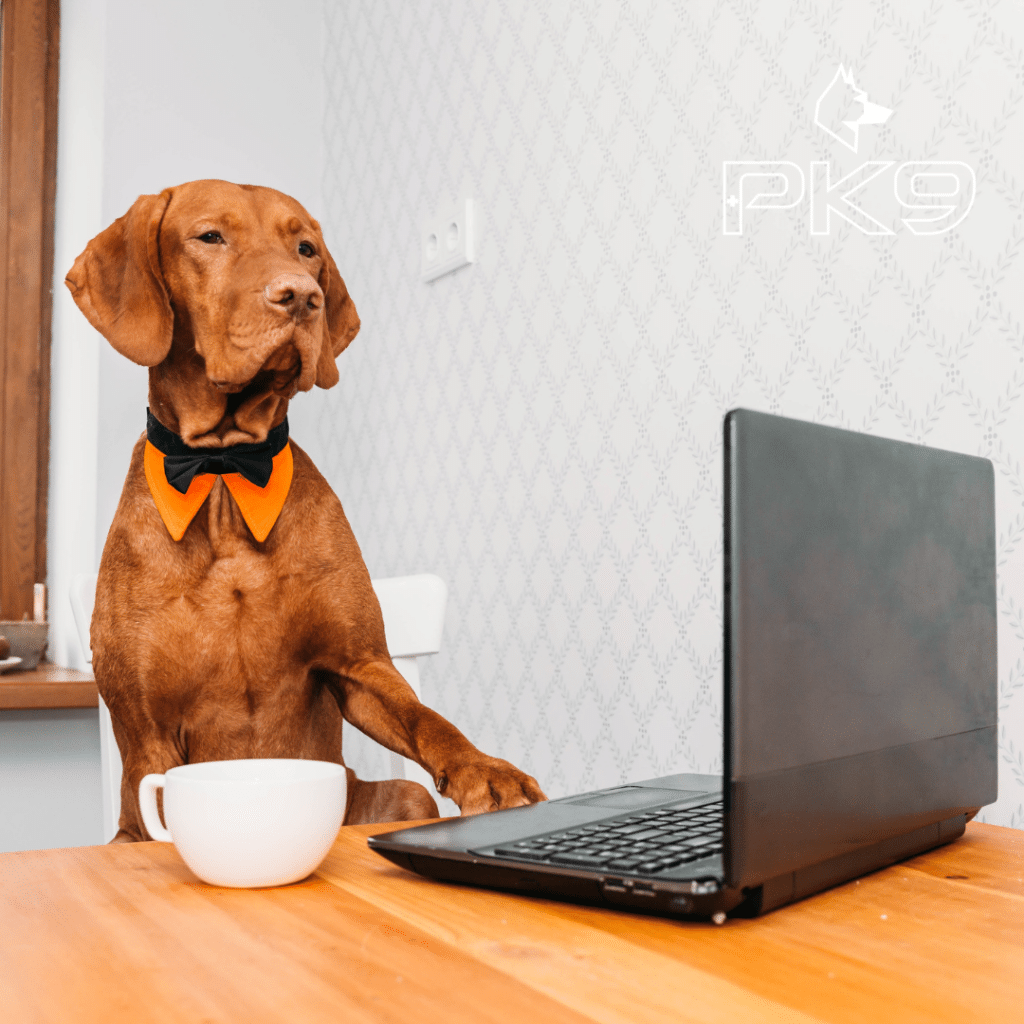
Scheduling regular training sessions for your puppy is crucial for instilling beneficial habits and behaviors. The most effective training sessions involve short and frequent intervals, approximately 5-10 minutes each, throughout the day. It’s essential to make these sessions engaging and utilize positive reinforcement training techniques. Ideally, training should begin as early as eight weeks of age.
During training sessions, focus on essential basic obedience commands such as sit, stay, and come. Be patient and consistent in your approach, rewarding your puppy for their successes and avoiding punishment for mistakes. With time and dedication, your puppy will learn to follow your commands and develop a strong bond with you.
Consistency and Patience
Consistency and patience are key when training your puppy. By being consistent in your training approach, you’ll help your puppy learn more effectively and build a strong bond with you. For example, always use the same command words and reward your puppy for their successes.
Patience is also vital in the training process. Keep in mind that are learning new skills, and it may take time for them to grasp certain commands. Stay calm and patient, and avoid becoming frustrated or angry with your puppy. Remember that with time, dedication, and a consistent approach, your puppy will develop into a well-behaved and obedient companion.
Crate Training and Alone Time
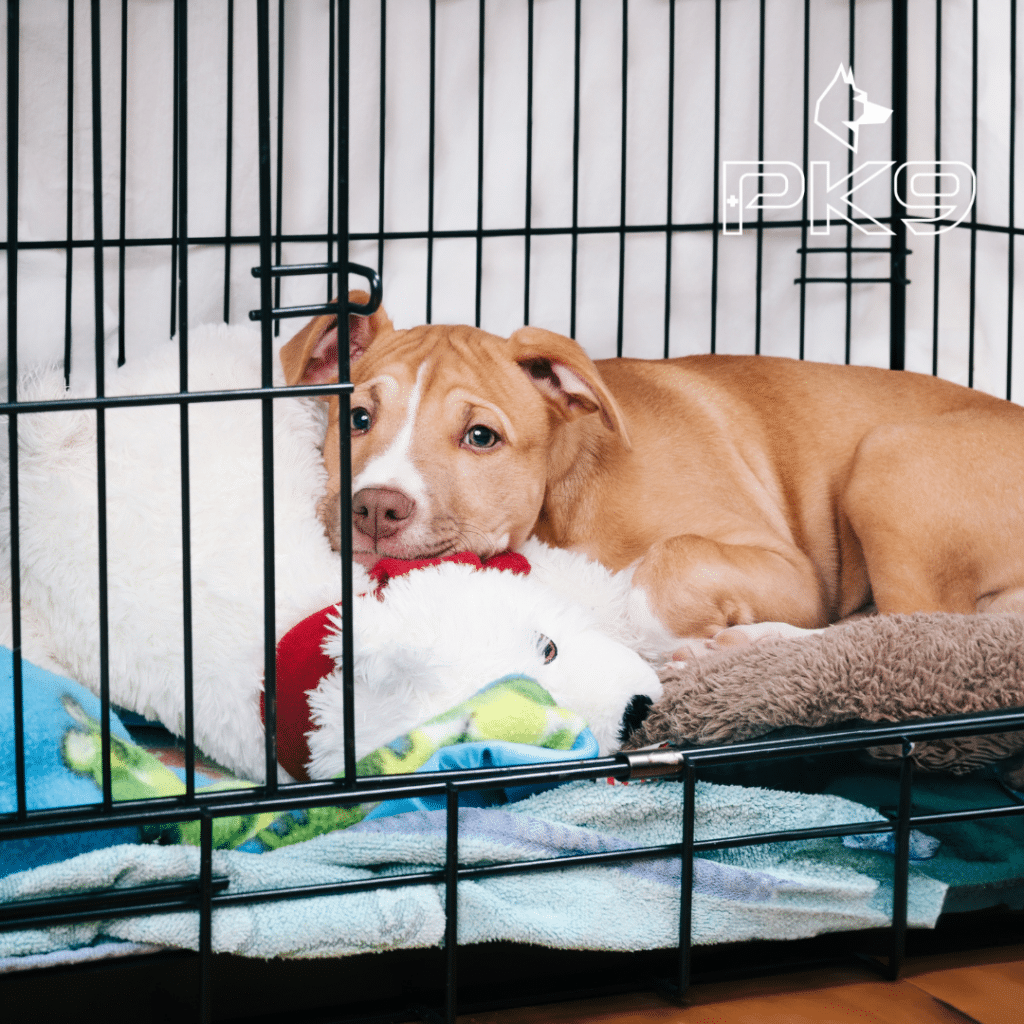
Crate training and alone time are important aspects of your puppy’s routine, as they help your puppy feel secure and comfortable when you’re not around. In the following sections, we’ll discuss the basics of crate training and how to effectively manage your puppy’s alone time.
Crate training is a great way to help your puppy feel safe and secure when you are home.
Crate Training Basics
Crate training involves providing a secure, enclosed space for your puppy to experience a sense of security and comfort when left alone. To introduce the crate to your puppy, do so in a positive manner, providing treats and praise when they enter the crate. Ensure the cage is comfortable and secure by placing a soft blanket, toys, and treats inside.
Teach your puppy to associate their cage with positive experiences by using it as a safe space for rest and relaxation. Over time, your puppy will learn to feel at ease in their crate, making it an ideal spot for them to rest and sleep when you’re not around.
Managing Alone Time
Gradually introducing alone time into your puppy’s schedule is essential for ensuring they are comfortable and confident when left on their own. Begin by confining your puppy in an exercise pen or cage for short periods of time and gradually increasing the duration. Providing stimulating activities, such as toys or treat puzzles, can help keep your puppy occupied during their alone time.
It’s important to make your puppy’s alone time low-key and avoid making a big fuss when leaving or returning. By gradually introducing alone time and ensuring your puppy is comfortable, you’ll help them develop the confidence and independence needed to cope when you’re not around.
Adapting the Schedule as Your Puppy Grows
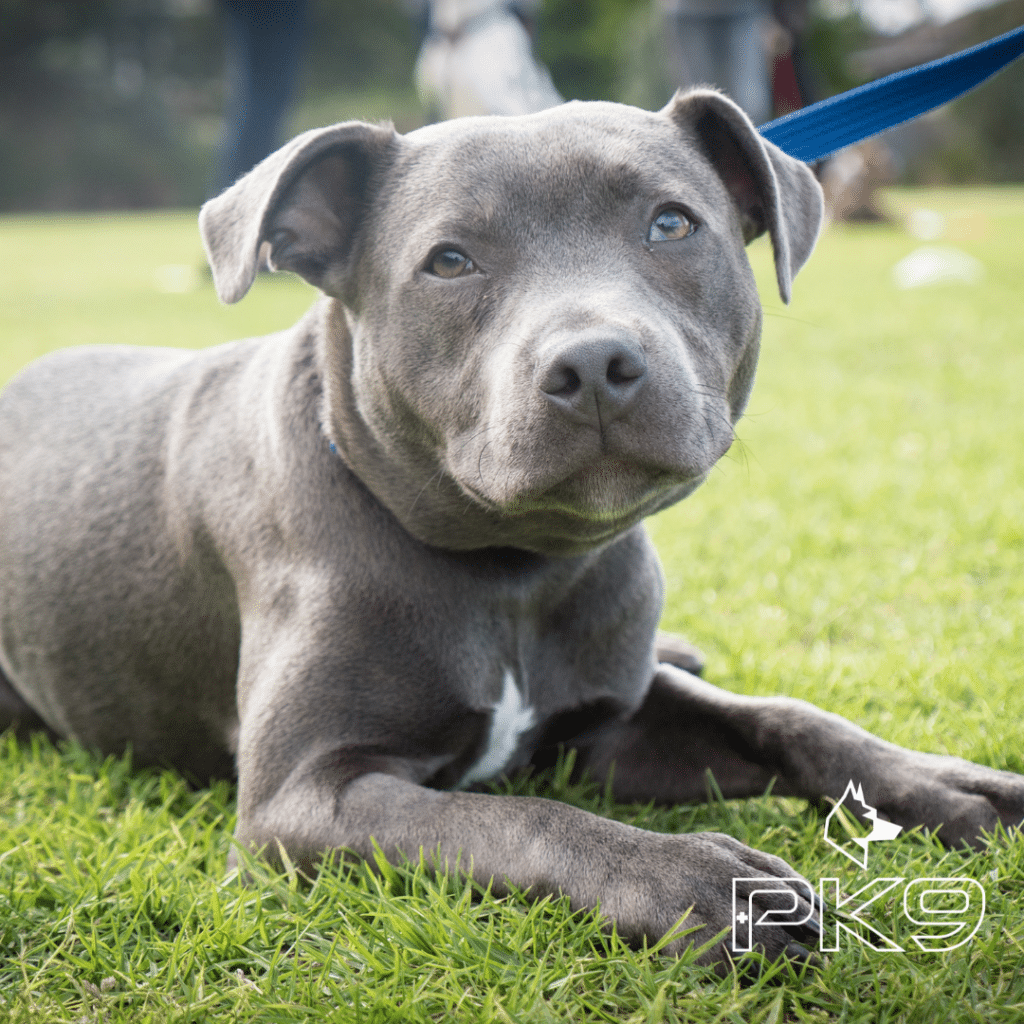
As your puppy grows, it’s essential to adapt their schedule to meet their changing needs in terms of feeding, exercise, and playtime. In the following sections, we’ll discuss how to adjust your puppy’s feeding schedule and exercise and playtime routines as they grow and mature, using a sample puppy schedule as a reference.
Feeding schedules should be adjusted as your grows. Puppies need more frequent meals.
Feeding Adjustments
As your puppy grows, you’ll need to adjust their feeding schedule to accommodate their changing nutritional needs. For young puppies, provide four meals daily, transitioning to three meals a day for puppies between 3-6 months old. As your puppy matures, gradually decrease the frequency of feedings.
By adjusting your puppy’s feeding schedule as they grow, you’ll ensure they receive the proper nutrition needed to support their development. Always consult your veterinarian for specific feeding recommendations based on your puppy’s breed, size, and individual needs.
Exercise and Playtime Changes
As your puppy grows, their energy levels and physical abilities will change, requiring modifications to their exercise and playtime routines. Increase the duration and intensity of exercise as your puppy matures, and introduce new activities and toys for playtime.
By adapting your puppy’s exercise and playtime routines as they grow, you’ll help them stay physically and mentally stimulated, promoting their overall health and well-being. Always monitor your puppy’s exercise and playtime to ensure they are safe and having fun.
Summary
In conclusion, a balanced puppy schedule is vital for your puppy’s overall well-being and happiness. By establishing a daily routine that includes feeding, exercise, playtime, rest, potty training, socialization, obedience training, crate training, and alone time, you’ll set the foundation for a happy, healthy, and well-behaved canine companion. Remember to adapt your puppy’s schedule as they grow, ensuring their changing needs are met. With dedication, patience, and consistency, you’ll create a strong bond with your puppy and set them up for a lifetime of success.
Frequently Asked Questions
Establish a schedule for your puppy by considering five elements: feeding, pottying, enrichment and playtime, socialization and learning time, and rest.
Provide regular times for meals and bathroom breaks as well as opportunity for physical activity, mental stimulation, and rest.
It is important to keep a regular schedule with your puppy, taking them outside at least every two to four hours and after any change of activity.
Multiple short play sessions are also beneficial for their development.
At 12 weeks, it is important to set a routine for your puppy to learn and explore. Take them outside every two to four hours, especially after eating, drinking or waking up from a nap. Set aside several short play sessions during the day rather than one long one and reward them when they go in the right spot.
House training is an important part of their routine, and gradually build up the time you spend away from them so they get used to the idea that you will come back.
Establishing a consistent feeding schedule for your puppy involves spacing their meals evenly throughout the day and adjusting the feeding frequency as they grow.
Consult your veterinarian for specific recommendations based on your puppy’s breed, size, and individual needs.
Positive reinforcement and crate training are effective techniques for potty training puppies. Consistency in reward-based potty, along with regular access to outside areas for the pup to relieve itself, can help ensure successful results.
Creating a routine and sticking to it is essential for successful potty training. Scheduling regular potty breaks, providing rewards for successful elimination, and using positive reinforcement.

